A city guide to Reykjavik: Whale watching, sightseeing, Northern Lights and the Blue Lagoon
Rosie Paterson explores the Icelandic capital, where one can visit the 74.5m high top of the Hallgrimskirkja Church, whale watch and relax in the famous Blue Lagoon.
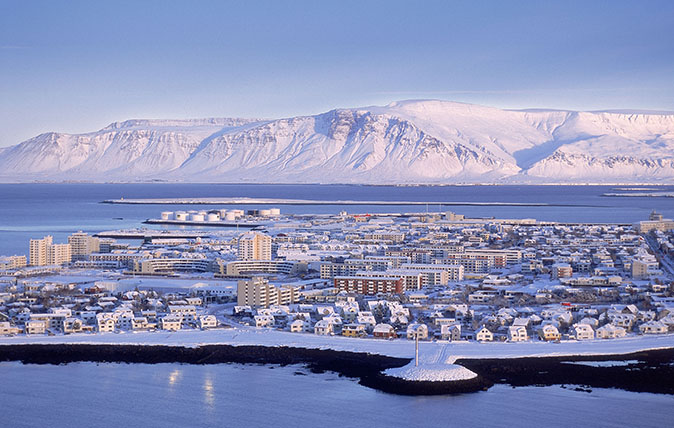

Eyjafjallajökull. It’s not the catchiest of names, but in 2010 it dominated international media headlines.
The now infamous Icelandic volcano grounded flights when it erupted – ironically, none in Iceland itself – and propelled the country to travel stardom. Helped also, in part, by it’s starring role in the Game of Thrones TV series, the number of tourists has quadrupled in just six years.
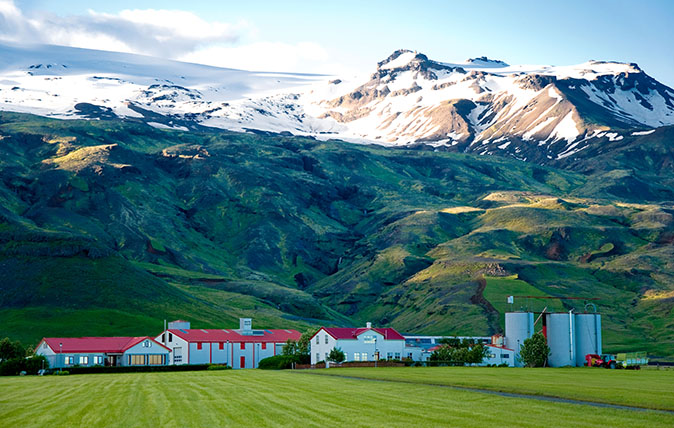
The compact capital, Reykjavik, is in fact the country’s largest city and home to around 128,000 people – a somewhat smaller figure than the number of visitors from the US alone. The word itself translates to ‘Smokey Bay’ (named after steam rising from geothermal vents), and it does, perhaps unsurprisingly, sit on the shore of Faxa Bay, less than an hour from Keflavik Airport.
Hidden amongst the picturesque, colourful buildings you’ll find a burgeoning art scene, lively social scene and a proud Viking culture.
Sleep in style
The new, boutique Sandhotel occupies an envious location on Laugavegur Street. It’s fuss-free courtyard entrance is hard to spot, so look out for the iconic Sandholt bakery, to the right of the hotel, which sells ludicrously large (and delicious) cinnamon buns. Bus Stop 7, where tour buses to other parts of Iceland and the airport pick up passengers, is a couple of minutes walk away.
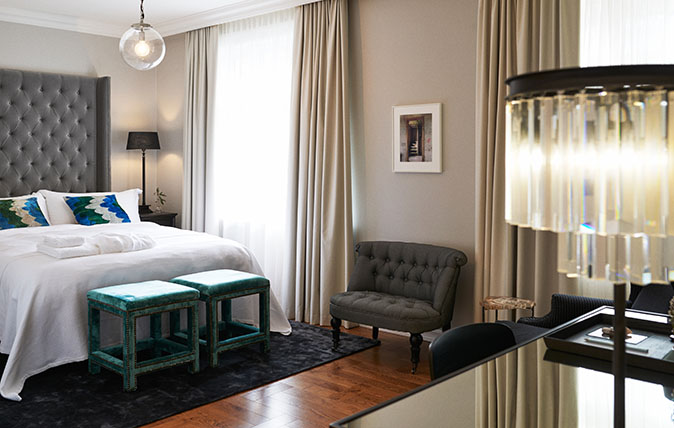
Beyond the innocuous front door, you’ll find a spacious, design-led living room and all-day dining restaurant – including an inclusive buffet-style breakfast. Much more importantly, there’s an excellent selection of gin on offer at the bar.
Upstairs, the monochrome, elegant interiors in the 66 bedrooms (including 11 suites) are surprisingly cosy, thanks to button-back headboards, cloud-like mattresses and oversized cushions in a mishmash of textures. In-room amenities include a Nespresso machine, Bluetooth speaker and fragrant Soley Organics bath products in the powerful walk-in showers (so good we stocked up on them before the return trip home).
Sign up for the Country Life Newsletter
Exquisite houses, the beauty of Nature, and how to get the most from your life, straight to your inbox.
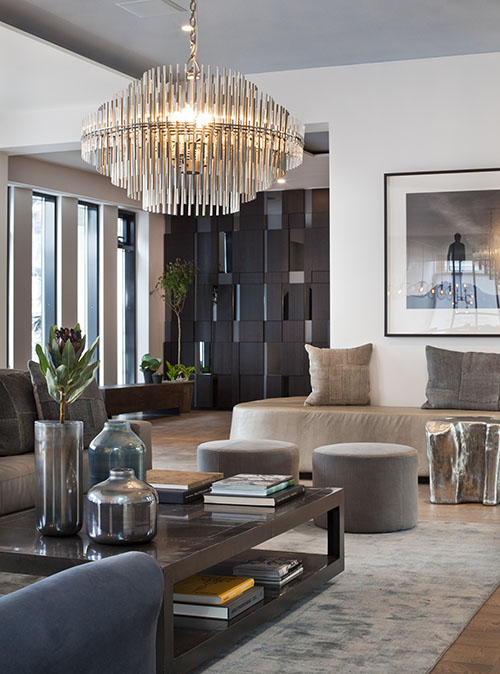
Staff are super helpful in that low-key when you don’t need them, on hand with perfect recommendations when you do way. Ask for a room overlooking the courtyard, to ensure a peaceful nights sleep.
At check-in, guests receive a mobile phone to use for the duration of their stay—an ingenious touch that we are surprised hasn’t cropped up elsewhere.
Rooms at the Sandhotel start from £343 per night. The hotel is a member of the Small Luxury Hotels of the World collection. If you're after something different, find more hotels in Reykjavik here.
Things to do
The most obvious (and easy to spot) landmark is Hallgrimskirkja Church, which towers over the majority of the city. If you’ve got a head for heights there’s a viewing platform, at the top of the 74.5m building.
Whale watching and puffin tours are popular activities. Minke and humpback whales, porpoises and dolphins are all regular visitors, and your chances of spotting something are high, though never guaranteed. Elding is one of the most reputed operators for such trips.
If you prefer your feet on firm land, head to the Whales of Iceland permanent exhibit (located in the Old Harbour). The giant warehouse space boasts life-size models and educational information on the country’s regional sea-faring mammals.
There are regular, walking tours that take around two hours. These operate on a ‘pay as you please’ basis – each walker pays whatever they think is fair, at the end of the tour. Away from the busier shopping streets you’ll find pockets of residential Reykjavik – The Neighbourhood of the Gods is a section of streets whose names stem from Nordic religion: Odin’s Street, Thor’s Street and Loki’s Path.
Shopping is undeniably expensive, but there’s a plethora of contemporary homeware stores and outdoor clothing shops that are hard to resist. 66° North is native Icelanders go-to for everyday technical wear and there are numerous branches throughout the city.
You’ll need to wrap up warm if you visit in the winter. It's well worth the bother: winter is the best time to see the Northern Lights. Clear skies are vital to viewing the natural phenomenon, and a longer stay will greatly improve your chances of changing upon the right weather conditions.
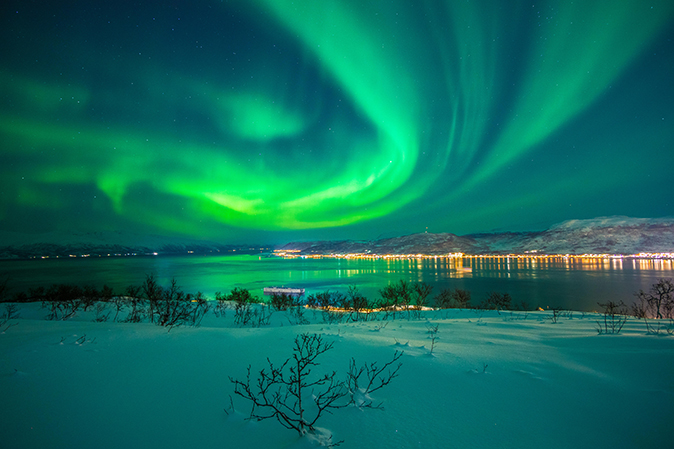
Beyond the confines of the city there’s plenty to see, all within easy reach. The ever-popular Golden Circle circuit takes in Pingvellir National Park (in Autumn the foliage begins to change colour in beautiful fashion), hot springs and dramatic waterfalls.
Iceland’s biggest attraction – how could we not mention it? – is the Blue Lagoon. The naturally heated, mineral reach pool is halfway between Reykjavik and the airport, amidst a startlingly lunar-looking landscape (actually moss-covered lava fields). Try to avoid at peak times.
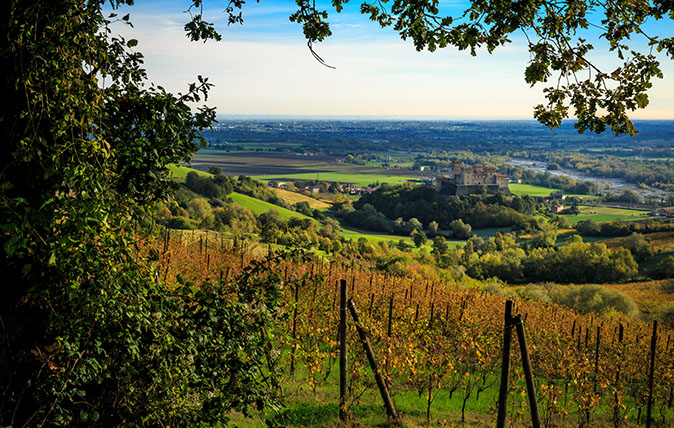
Credit: Alamy Stock Photo
A foodie tour of Emilia Romagna, where Parma ham and proper Parmesan are washed down with Lambrusco
The real Parmesan cheese, true Parma ham and Traditional Balsamic Vinegar, all confined to one region of production. Alexandra Fraser
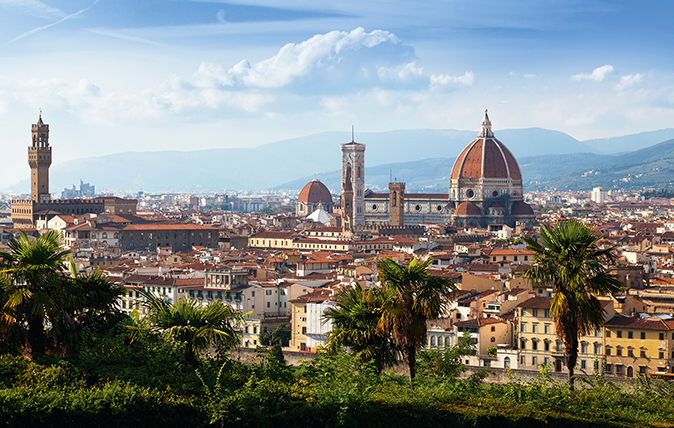
Florence: The destination for an art lover
Emma Hughes visits the Tuscan capital.
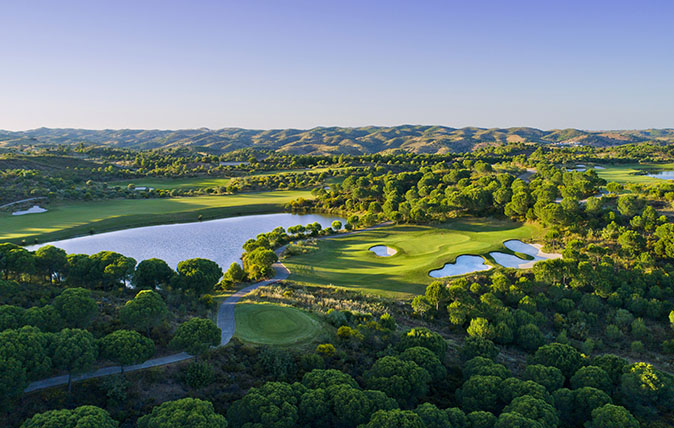
Credit: Monte Rei Resort
The secret spots of the Algarve: A haven for golf lovers and sun seekers alike
Not far from the madding crowds of the Algarve’s splendid, but busy, central coast are tranquil enclaves and unspoilt villages,
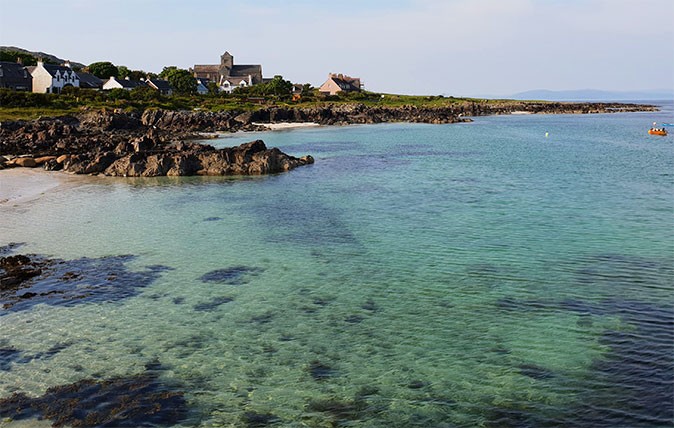
Credit: Steve Ayres Scotland 2018
Across Scotland by bike: Glorious views, great curries – shame about those midges...
Country Life's Steve Ayres is taking a trip that's a biker's dream: touring Scotland on a Triumph Tiger XRX 1200. In
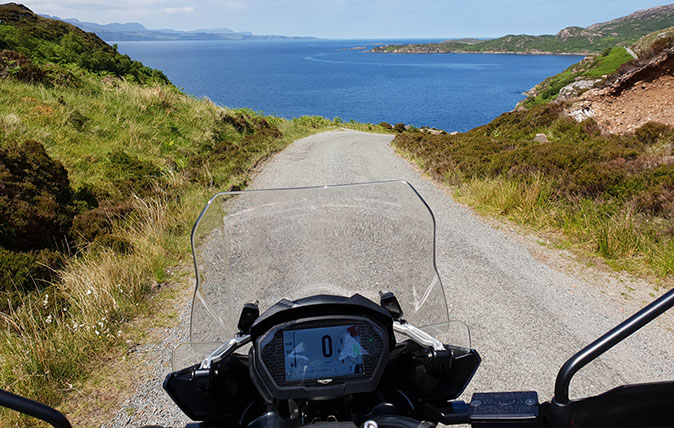
Credit: ©Steve Ayres/Country Life
Across Scotland by motorbike: The wonders of Raasay, and the joys of Calum's Road
This summer, Country Life's Steve Ayres travelled across Scotland by motorbike. This latest instalment of his adventures sees him visit
Rosie is Country Life's Digital Content Director & Travel Editor. She joined the team in July 2014 — following a brief stint in the art world. In 2022, she edited the magazine's special Queen's Platinum Jubilee issue and coordinated Country Life's own 125 birthday celebrations. She has also been invited to judge a travel media award and chaired live discussions on the London property market, sustainability and luxury travel trends. Rosie studied Art History at university and, beyond Country Life, has written for Mr & Mrs Smith and The Gentleman's Journal, among others. The rest of the office likes to joke that she splits her time between Claridge’s, Devon and the Maldives.
-
 Some of the finest landscapes in the North of England with a 12-bedroom home attached
Some of the finest landscapes in the North of England with a 12-bedroom home attachedUpper House in Derbyshire shows why the Kinder landscape was worth fighting for.
By James Fisher
-
 The Great Gatsby, pugs and the Mitford sisters: Country Life Quiz of the Day, April 16, 2025
The Great Gatsby, pugs and the Mitford sisters: Country Life Quiz of the Day, April 16, 2025Wednesday's quiz tests your knowledge on literature, National Parks and weird body parts.
By Rosie Paterson
-
 Why British designers dream up the most desirable hotels
Why British designers dream up the most desirable hotelsWhen it comes to hotel design, the Brits do it best, says Giles Kime.
By Giles Kime
-
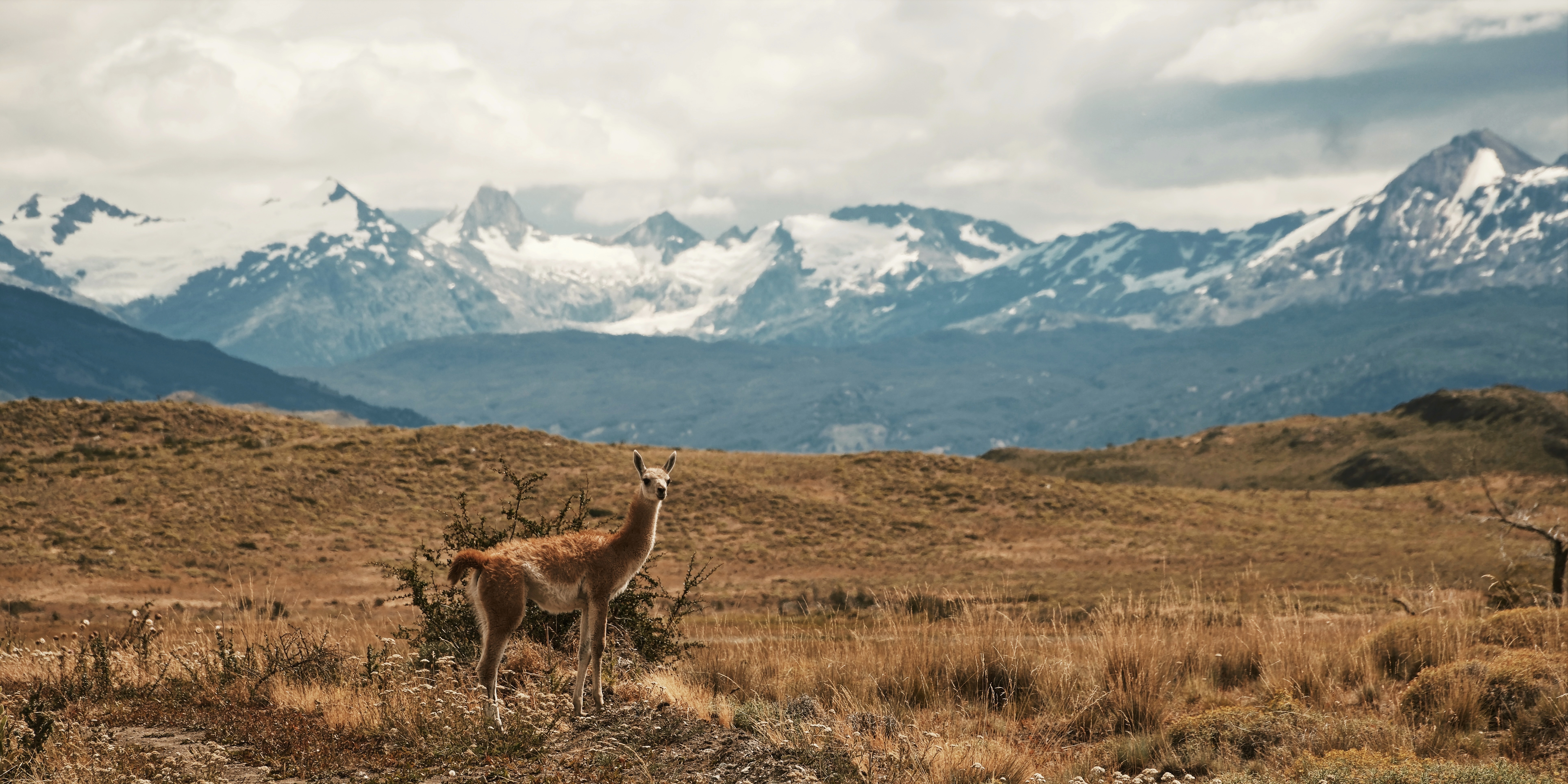 'This wild stretch of Chilean wasteland gives you what other National Parks cannot — a confounding sense of loneliness': One writer's odyssey to the end of the world
'This wild stretch of Chilean wasteland gives you what other National Parks cannot — a confounding sense of loneliness': One writer's odyssey to the end of the worldWhere else on Earth can you find more than 752,000 acres of splendid isolation? Words and pictures by Luke Abrahams.
By Luke Abrahams
-
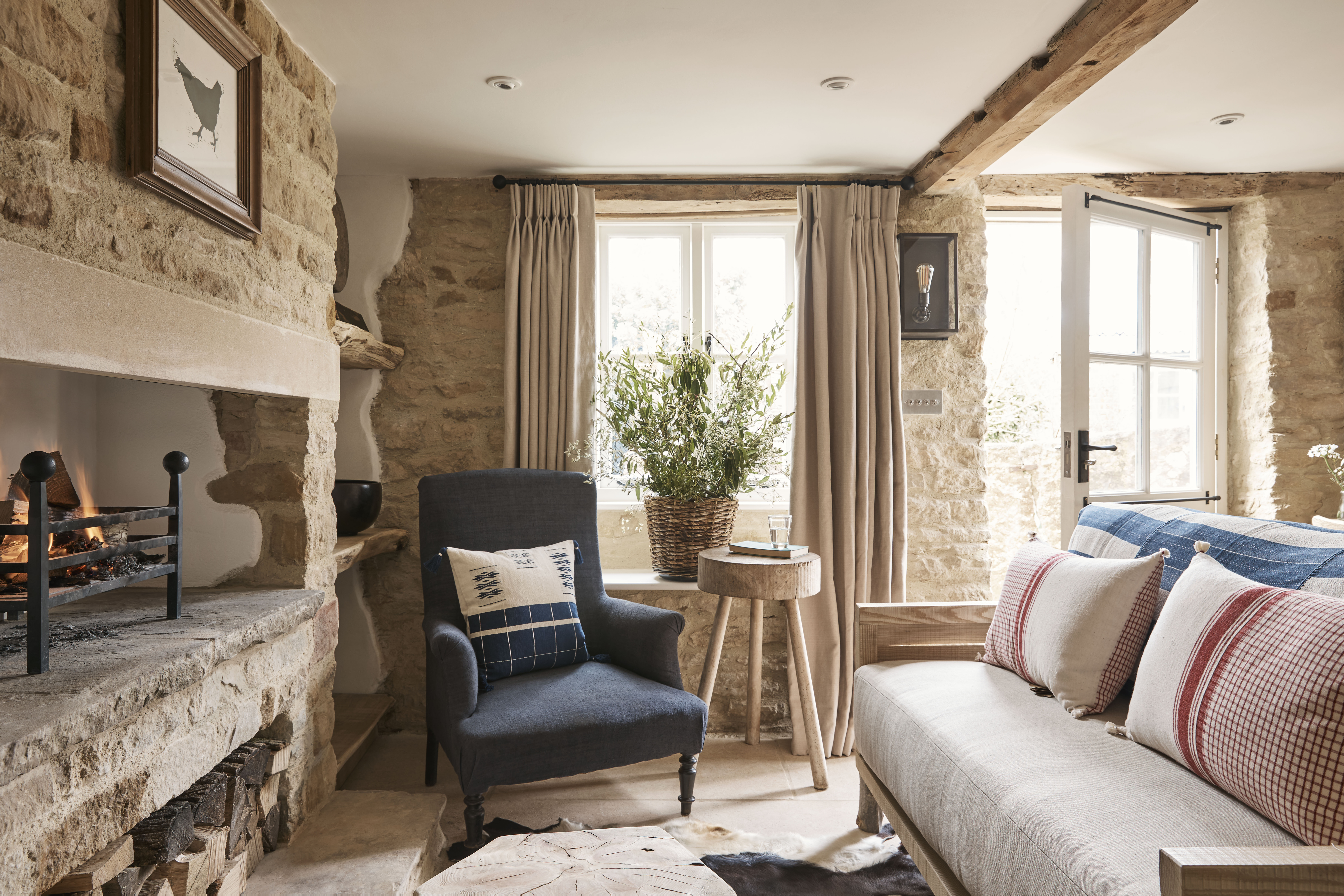 'The Wild Rabbit is a paean to Lady Carole Bamford's ethos of comfortable, yet incredibly spoiling accommodation'
'The Wild Rabbit is a paean to Lady Carole Bamford's ethos of comfortable, yet incredibly spoiling accommodation'At the heart of Kingham, one of Oxfordshire’s most historic and beguiling villages, The Wild Rabbit offers the chance to enjoy the authentic charm of the Cotswolds with all the trappings of a five-star hotel.
By Paula Lester
-
 ‘The best sleep in the sky’: What it’s like to fly in United’s Polaris cabin, approved by American icon Martha Stewart
‘The best sleep in the sky’: What it’s like to fly in United’s Polaris cabin, approved by American icon Martha StewartUnited’s Business Class cabin goes by the name Polaris and Martha Stewart is a fan. So, how does it fare?
By Rosie Paterson
-
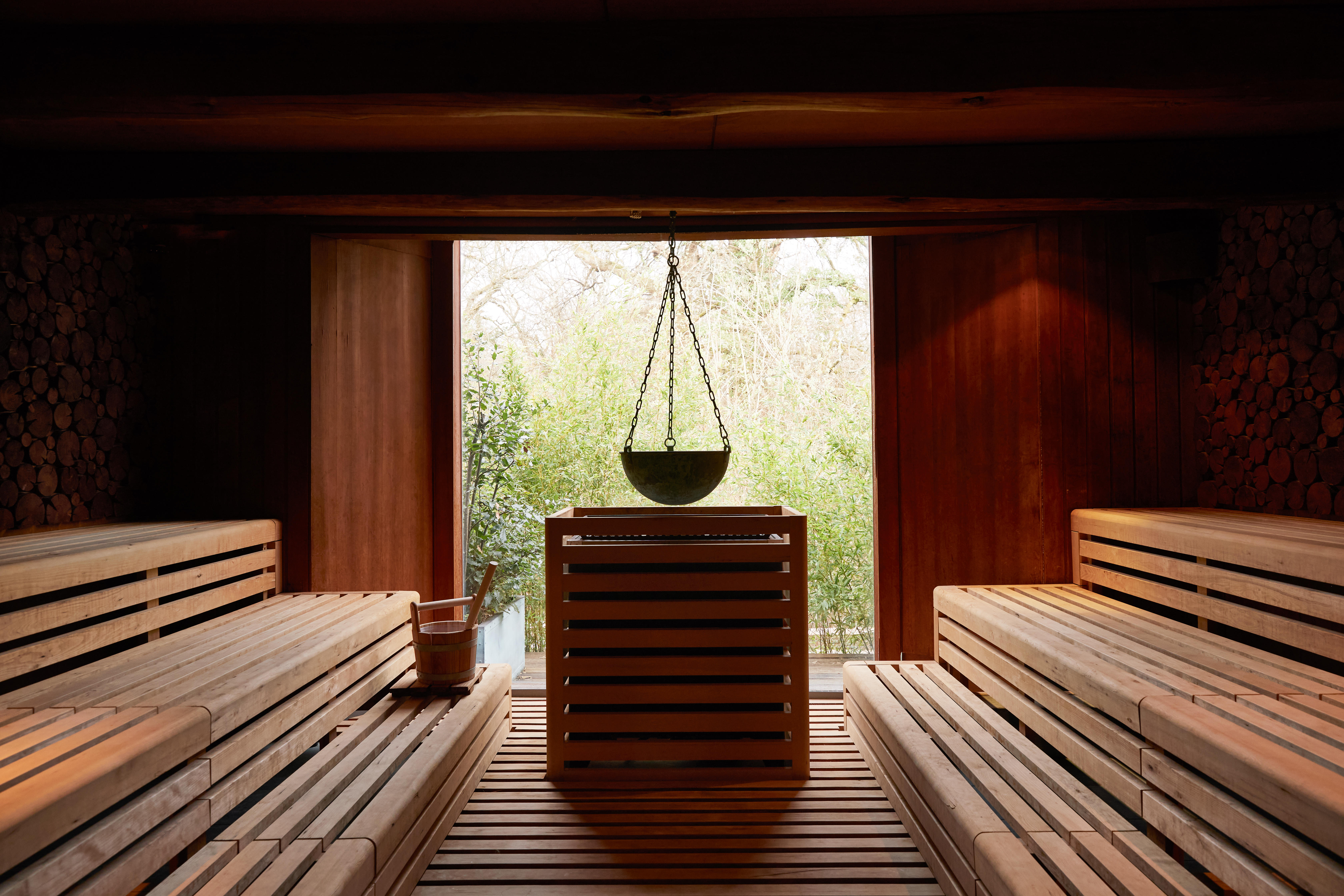 How to disconnect from reality and feel like a new person in under 72 hours
How to disconnect from reality and feel like a new person in under 72 hoursOur round-up of the best British retreats that work wellness wonders in under 72 hours.
By Jennifer George
-
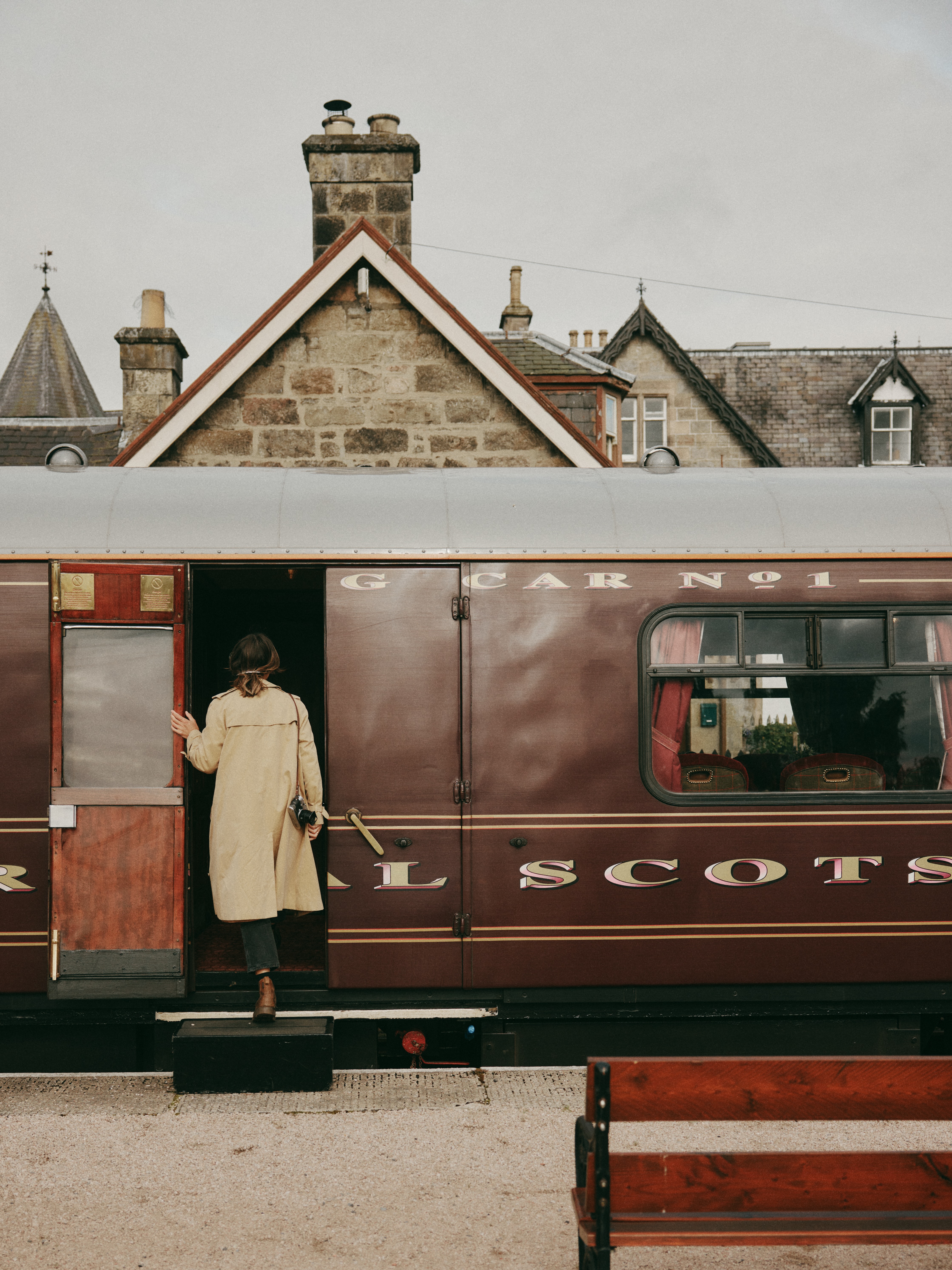 Scotland's majestic landscapes meet holistic wellness aboard Belmond and Dior's inaugural train retreat
Scotland's majestic landscapes meet holistic wellness aboard Belmond and Dior's inaugural train retreatThe Royal Scotsman, A Belmond Train, and Dior have announced a three-night travelling wellness retreat.
By Rosie Paterson
-
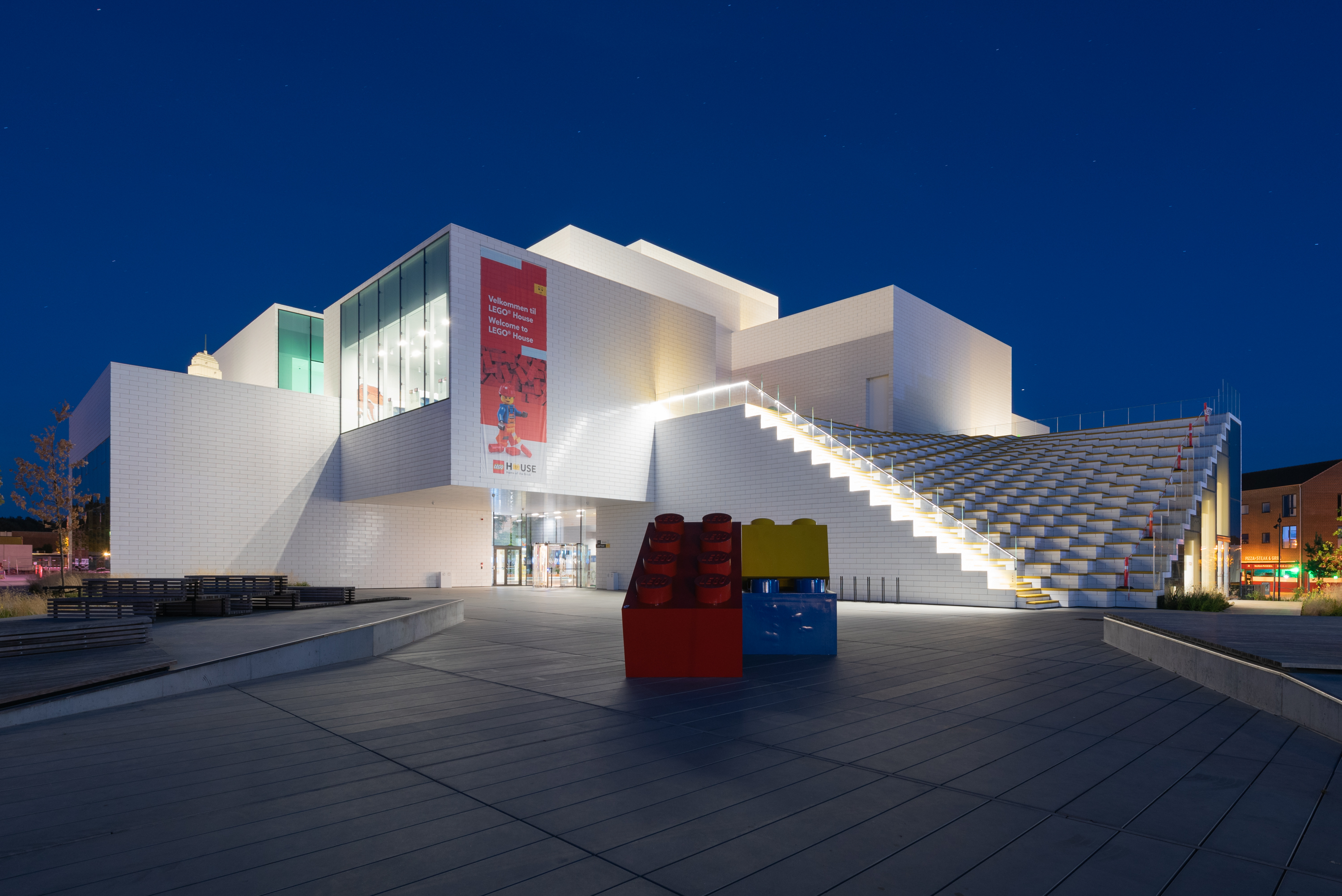 Art, architecture and plastic bricks at Lego House: 'It's as if the National Gallery set up easels and paints next to the masterpieces and invited you try your hand at creating a Van Gogh'
Art, architecture and plastic bricks at Lego House: 'It's as if the National Gallery set up easels and paints next to the masterpieces and invited you try your hand at creating a Van Gogh'The rural Danish town where Lego was created is dominated by the iconic toy — and at Lego House, it has a fittingly joyful site of pilgrimage. Toby Keel paid a visit.
By Toby Keel
-
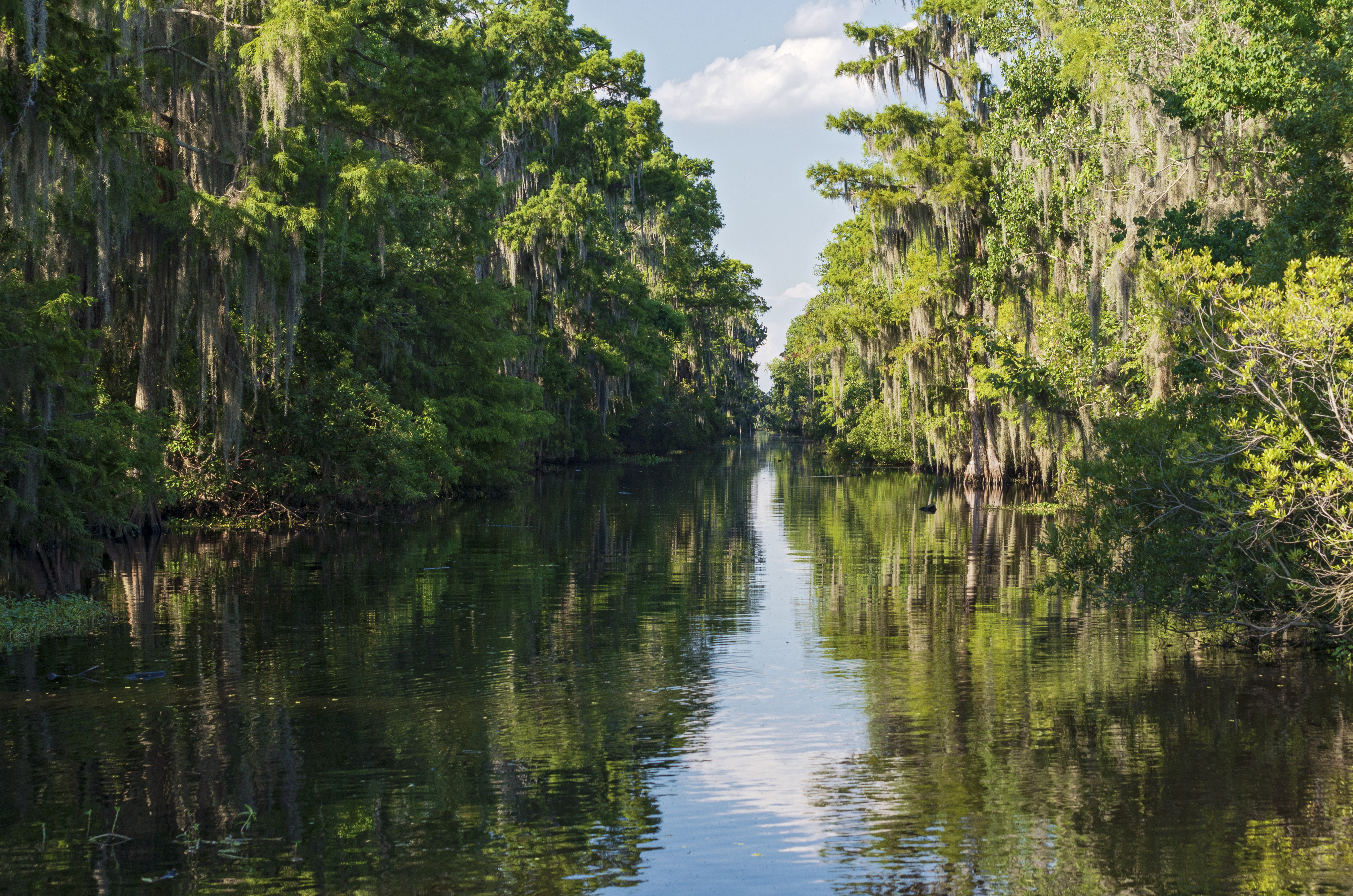 How to cruise in the wake of Mark Twain on the great Mississippi River of the American South
How to cruise in the wake of Mark Twain on the great Mississippi River of the American South'You cannot understand Twain without understanding the great river that winds its way as twistingly through his work as it winds through the middle of America.'
By John Niven